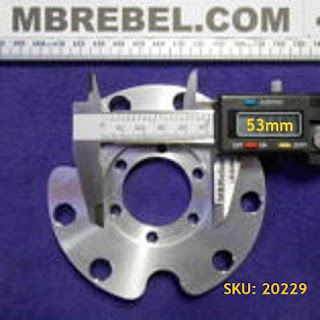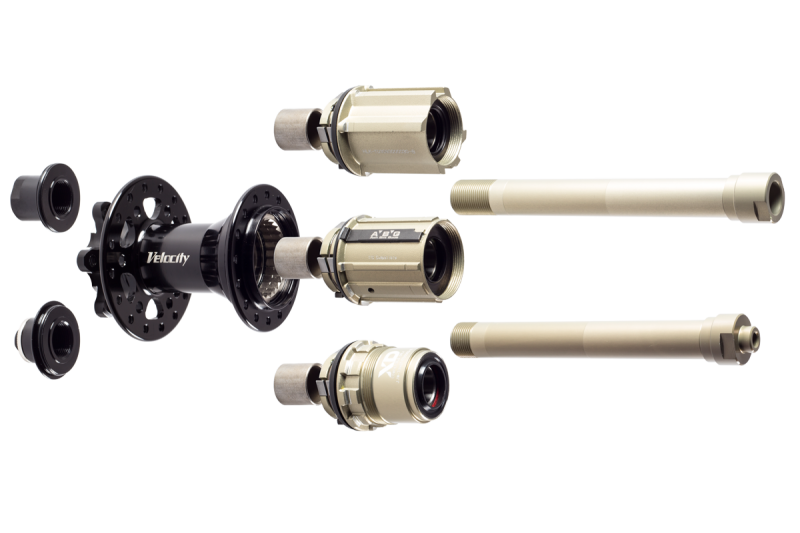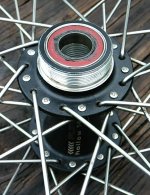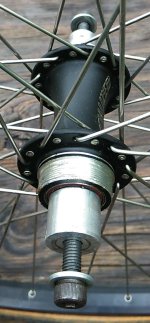It looks like th axle really is aluminum, but when I open the hub....delay delay delay....I can get acurate measurement then see if there is a steel bar or tube to fit. But there won't be threads on the ends, unless I pay someone to put them there. Maybe I can find hardened threaed rod in just the right size?
I almost bought the veloOrenge tandom hub, but foundout that the axle is aluminum. Other wise I will just have to force the endcap threads on to the cut off end. Actually I don't think that a sleeve will reinforce the axle enough unless it fits closely.
Or maybe I really should just think about building a (14mm axle) heavy duty wheel...Can someone show me one that has a steel axle that is 135mm and 142mm wide?? It will need a disc brake rotor mount.....and 36 spoke holes....to get that extra 1/4 inch for the adapter the hub would need to be shorter than the what the axle is made for, unless there is enough room at one end of the axle.....confused yet? I maybe.
So what about a motorcycle hub with steel axle? There is this front hub used as a rear hub perfect for 415 chain sprockets. Then use the pedals to drive the motor with 1/8th inch chain. Mostly just for legality.
Of course the rotor bolt circle may be larger and require drilling the sprocket I would put on it. And the rotor for the disc brake may not fit....but maybe it can be made to fit. I think he drilled out the flange to fit a rotor.
Here is a video on our convertible hub. Not the same as what you are looking at but similar enough to give you an idea of what’s inside.
https://vimeo.com/167153141
The tandem hub is 145mm Over Locknut. Most of the added length is on the non drive side. This is a common size for tandem bikes. The other is 135 Over Locknut. This is the space measured between the frame drop outs.
142mm is common for thru axle hubs. Our 142mm hubs come without axles, as they are always supplied with the bike. There is also a 148mm thru axle, referred to as Boost Spacing. Again, these hubs are supplied without axle.
The fat hubs can go all the way up to 197mm spacing.
http://www.velocityusa.com/product/hubs/fat-rear-hub
Voloci wheel hub
Oset sprocket carrier (
http://www.osetbikes.co.za/shops/index.php/spare-parts/sprockets.html)
Bicycle porn: https://endless-sphere.com/forums/viewtopic.php?f=28&t=59122&start=75








